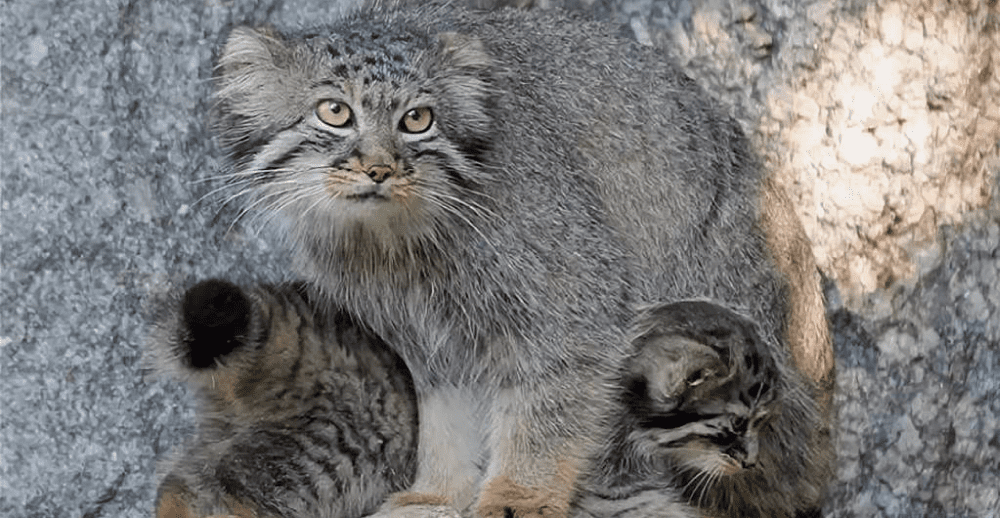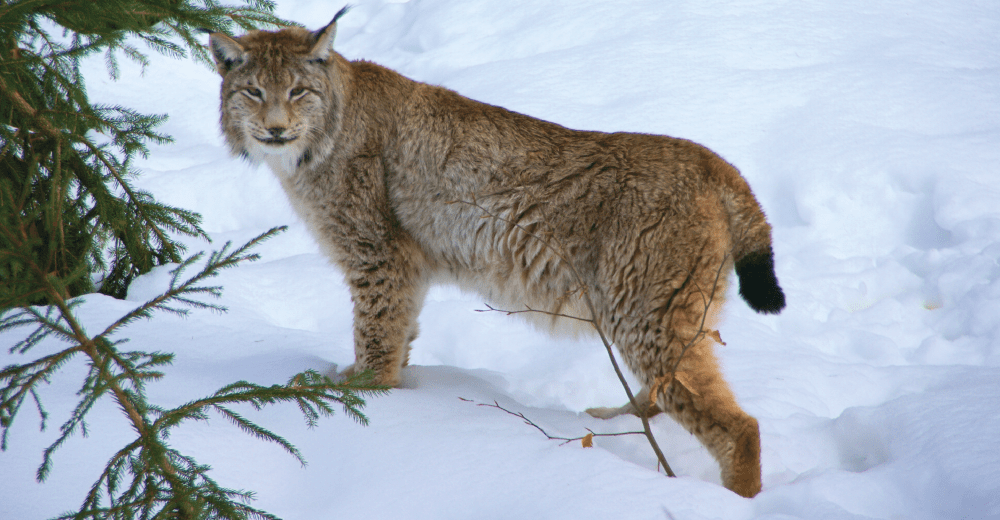The Musk deer is an endangered species native to Afghanistan, India, and Pakistan. Both sexes of the musk deer have prominent outstanding ears that assist it in detecting danger. The males possess a sizeable abdominal scent gland i.e., musk pod, the feature from which its name is derived.
Musk deer is a solitary, territorial animal and inhabits small valleys between steep, inaccessible ridges that characterize its habitat at the upper limits of the tree line. In Pakistan, the musk deer is found at altitudes between 3000 to 4000 meters in Machiara and Neelum Valley of AJK, Indus Kohistan, Chitral, Astore, Chilas, and Gilgit. As a crepuscular animal, the musk deer remains active during dusk and dawn in search for food.
This species of deer is the smallest of Himalayan ungulates living in the cold environment. Worryingly, the Himalayan Musk deer is listed as ‘critically endangered’ in Pakistan and ‘endangered’ globally. According to some reports, there are 30 to 50 musk deers in Bar Palas, 10 to 15 in Kilgol, Pologah and Barten, 20 in Jabba and Serai, 50 to 60 in Gumrat Valley, and 40 in Pallas valley.
During a recent survey implemented by SLF, the presence of musk deers has been documented on a camera trap in Gilgit (Astore, Deosai, Darel range, Fairy Meadows); however, the exact population is a not known to date. Besides, the high value of musk has been an incentive for the illegal hunting of musk deer. Musk deer is killed to get musk pod found in mature males.
In addition, their population is rapidly declining due to the loss of habitat (birch forests) in Pakistan. A significant loss of 30% in habitat and 20% in the population is predicted in the next 20 years. Conservation measures and strict law-enforcement regarding the hunting of these species need to be ensured to control loss to these species.



